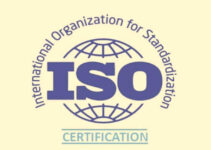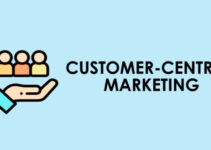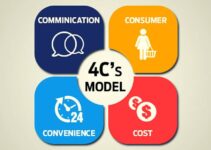Businesses and companies offer discounts, coupons, and launch contests to attract the attention of customers to increase their sales and profitability. Once they establish their strong database of customers, then product orientation is a great strategy for your business. Today, we’ll discuss product orientation advantages and disadvantages.
What is Product Orientation?
Before jumping into the discussion of pros and cons, it is significant to briefly discuss product orientation. It is a type of strategy that focuses on establishing a superior quality product and service. The reason it would attract the attention of customers is that you have developed a product or service that they need and want.
It is a completely different approach than the sale orientation strategy, and it heavily depends on your communication and branding strategies. You have to inform them, present your product, and make them believe that you have got something that they’re looking for.
Product orientation strategy follows the design-focused along with research and development. That’s why many products-oriented companies are tech brands; they address the needs of customers via innovative technology and they create demands in the market. However, the needs and wants of customers aren’t always clear.
Advantages of Product Orientation
Let’s discuss some of the main advantages of product orientation are as follows;
Market Analysis
Market research comprises employing various approaches and strategies like polls, surveys, and focus groups. It would help you to find out the needs and wants of customers and how you should develop your product or service. It is possible that you would find that customers want better customer service and low price products, and they’re happy with the existing quality in the market. The more USPs (unique selling points) you would find out, it would help you to develop a better product.
Studying your competitors would help you to know the product features and the type of benefits customers wants. Most importantly, you would learn how they ranked up in the market along with knowing their offers.
Lower Risk
When you create demand in the market by launching precisely the same product that customers want; it would generate a psychological response among them. They don’t ask anyone else about the benefits and features of your products; they would only ask you.
Many companies don’t have a lot of budgets to hire other companies to conduct market research. Instead, they generate ideas from their employees and ask for the feedback of their loyal customers.
Psychological Selling
It is important to know the specific benefits and features of the product that customers want, develop a product based on those features, and mention those features in the advertisement of your product or service.
For instance, automobile companies interviewed moms to determine whether they want backup cameras, crash warning technology, airbags, or other safety features in their vehicles. For many years, they designed and sold products comprising of reliability, and youth-related.
Role of Sales Team
Sales staff plays a significant role in the development of your product or service. It is better to let them know about the feedback of the customers; the key facts about your product or service, and the objections that would result in the form of rejection. In the B2C market, salespeople usually offer deals, discounts, or some type of free gift.
Consistent Innovation
Research and development and the nature of their business allow them to maintain their advantage and position; become the first move in the industry, and innovate things consistently. It is especially important for those brands that want to maintain their position in the market.
High Quality
The product orientation strategy allows companies to focus on product development and creating high quality rather than on marketing and sales. The product team has the freedom to experiment with new ideas without any fear of deadlines.
Disadvantages of Product Orientation
Some of the key disadvantages of product orientation are as follows;
Product Failure
It is no doubt a successful strategy, but it doesn’t mean that it is without any flaws. This strategy doesn’t give a lot of attention to the feedback of customers and only focuses on innovation; it amplifies the probability of failure in the market after its release. Sometimes, they offer customers customized products that they want.
High Competition
Apple has achieved the status of a premium brand in the smartphone and electronic device industry. But the low-price phones market is very big and competitive and many leading brands are in them like Sony, Samsung, and others.
Unchecked Opportunities
You develop the best quality product that would satisfy all the needs of customers; but customers don’t always choose the product that is right for them. It is important to keep in mind that you are never sure about the customer market trends. People would love to feel young, sexy, and smart, and these elements sell in the market, and you can’t avoid them in your marketing strategy.
Outdated
The thing about technology is that it is always changing and any latest tech development would outdate the previous version of the technology. In order to keep up with the pace of technology; you have to allocate a lot of cost for research and development.
Limited Branding
If your brand doesn’t have a clear message and benefits message, then it won’t sell in the market. While overly focus on product development, sometimes they forget to focus on branding and marketing messages.
Conclusion: Product Orientation Advantages and Disadvantages
After an in-depth study of product orientation advantages and disadvantages; we have realized that product orientation is an effective strategy in some industries. If you’re developing a product orientation strategy, then you should keep in mind the abovementioned pros and cons.

Ahsan Ali Shaw is an accomplished Business Writer, Analyst, and Public Speaker. Other than that, he’s a fun loving person.


